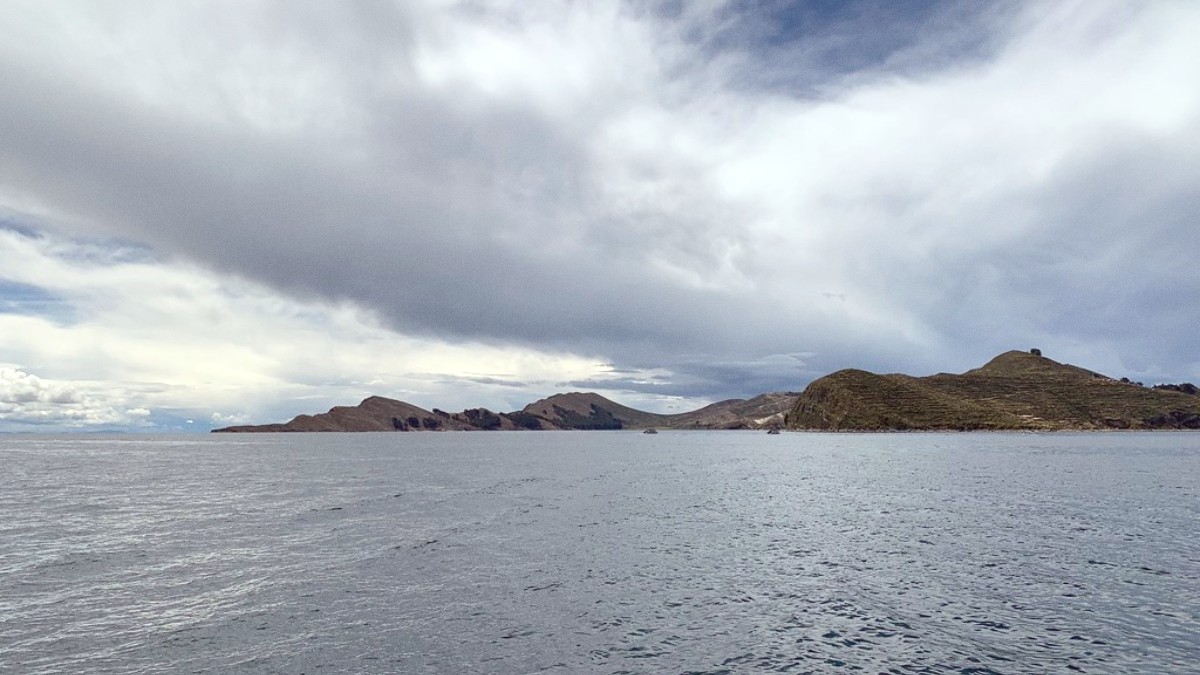
Bolivia
Pack moisture-wicking Thermal base layers (synthetic or merino wool). A Fleece jacket or Lightweight down jacket makes a good insulation layer. A Waterproof and windproof rain jacket is a necessity for protection against strong winds and unexpected brief showers.
Bolivia is a conservative country. While no strict dress code applies to visitors, modest dress shows respect, especially in rural areas like Isla del Sol and when visiting churches or sacred sites. Avoid overly revealing clothing.
Sturdy, broken-in Hiking boots with good ankle support are highly recommended. The trails are uneven, rocky, and can be steep. Quality boots offer traction, stability, and protection.
Pack a pair of comfortable shoes, like Sneakers, for relaxing at your accommodation or for very short, light walks around the villages.
Useful for guesthouse use or for very light walking in warm weather, but they are not suitable for the island's trails. Carry them for comfort after a long hike. Sandals or Flip-flops can be a welcome relief.
Carefully organize and secure your documents.
Bolivia uses 220-230V electricity at 50 Hz. Plug types are Type A (two flat parallel pins), Type C (two round pins), and Type F (two round pins with two earth clips). A universal Travel adapter with multiple plug types is a recommended item.
For landscape photography, a DSLR or Mirrorless camera with a Wide-angle lens is beneficial. A smartphone suffices for casual photos. Carry multiple charged spare batteries for your Camera and ample memory cards.
Charge all electronic devices and power banks fully before leaving Copacabana for Isla del Sol.
Use a VPN (Virtual Private Network) for secure internet use, especially on public Wi-Fi. Check out NordVPN or ExpressVPN.
For a wide range of camera equipment, including lenses and accessories, consider shopping at B&H Photo before your trip.
A well-stocked Personal first-aid kit and specific remedies are crucial. Prior consultation with a travel health clinic or doctor is advised at least 4-6 weeks before travel for immunization needs.
Over-the-counter remedies for cold/flu, indigestion, and Motion sickness are advised.
Isla del Sol is mainly a hiking destination, so appropriate gear is important for comfort and safety.
While not strictly necessary, these items can greatly enhance your hiking experience on the island's varied terrain.
Some items are unique to the Isla del Sol experience or are challenging to find locally.
A Neck pillow makes bus journeys more comfortable. Eye mask and earplugs for light and noise. A Small padlock secures luggage. Wear a Money belt or neck wallet under clothing for passport, cash, and cards in busier areas. An RFID-blocking wallet offers peace of mind.
Certain items are specific to the region or might be difficult/expensive to purchase locally.
Reduces plastic bottle waste.
For local purchases.
For hot drinks.
Avoids single-use plastic.
Pack light. You will carry your own bags, often uphill, on Isla del Sol. Every extra pound adds to the challenge.
Consider rolling clothes to save space and using packing cubes to keep organized.